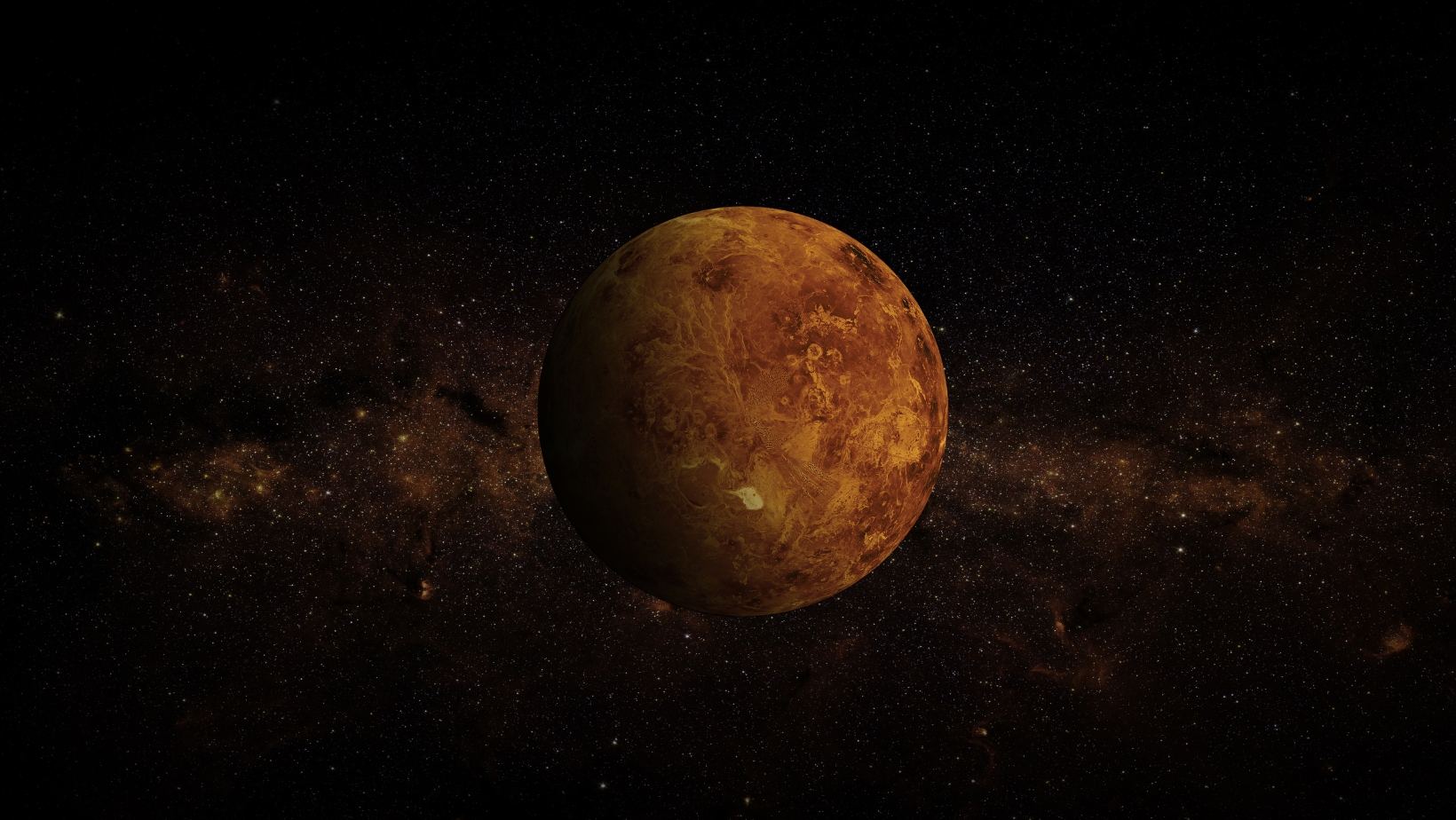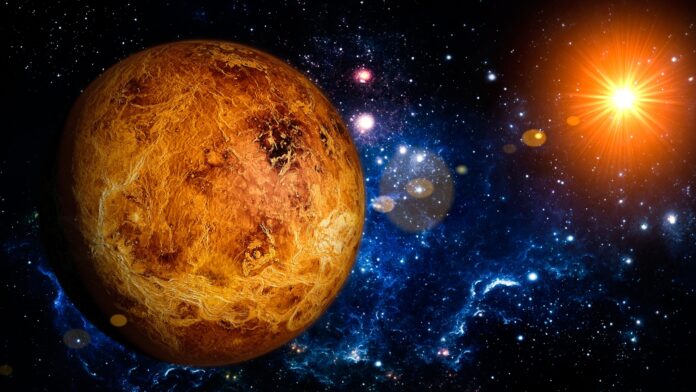As an expert in the field, I’ve delved into the mysteries of Venus and its intriguing lack of water. In this article, I’ll explore the leading hypothesis that scientists have put forth to explain this phenomenon. Venus, often referred to as Earth’s “sister planet,” shares many similarities with our own planet, but one striking difference is the scarcity of liquid water on its surface. So, what could be the reason behind Venus’s aridity? Let’s dive into the scientific theories and uncover the leading hypothesis.
When we think of habitable planets, the presence of water is often a crucial factor. However, Venus seems to have missed out on this essential ingredient. The leading hypothesis suggests that Venus’s lack of water can be attributed to a combination of factors, with the planet’s scorching temperatures playing a significant role. As we know, Venus is a hostile environment with an average surface temperature of around 900 degrees Fahrenheit (475 degrees Celsius). Such extreme heat could have caused any water present on Venus to evaporate into the atmosphere and be lost into space.
The Importance of Water on Venus
The Role of Water in Planetary Evolution
On Venus, the lack of liquid water is a notable characteristic. The leading hypothesis for Venus’s lack of water revolves around its extreme temperatures and the absence of a magnetic field.
The extreme heat on Venus, with surface temperatures reaching a scorching 900 degrees Fahrenheit (475 degrees Celsius), would cause any water present on the surface to evaporate rapidly into the atmosphere. Once in the atmosphere, the high temperatures and intense solar radiation would break down the water molecules into hydrogen and oxygen. The lighter hydrogen would escape into space due to Venus’s weak gravity, leaving behind an atmosphere rich in carbon dioxide, which contributes to the planet’s greenhouse effect and further exacerbates the high temperatures.
Additionally, Venus lacks a strong magnetic field like Earth’s. Earth’s magnetic field acts as a shield, protecting the atmosphere from erosion caused by solar winds. On Venus, without this protective shield, the solar winds can directly interact with the upper atmosphere, potentially stripping away water molecules and other volatile compounds, further contributing to the lack of water on the surface.
Understanding the leading hypothesis for Venus’s lack of water provides valuable insights into the nature of the planet and its dry landscape. It highlights the significance of water in the evolution and habitability of planets. While Venus may not have liquid water on its surface, studying its water scarcity can help us better understand the conditions necessary for the existence of water and life elsewhere in the universe.
What is The Leading Hypothesis for Venus’s Lack of Water?
The lack of liquid water on Venus’s surface has long puzzled scientists, but the leading hypothesis provides valuable insights into this phenomenon. Let’s explore the factors that contribute to Venus’s dry landscape.
The Runaway Greenhouse Effect
One of the key explanations for Venus’s lack of water is the runaway greenhouse effect. Venus’s atmosphere is composed primarily of carbon dioxide, which acts as a greenhouse gas. It traps heat from the Sun, causing the temperatures on the planet to soar to extreme levels.
As the temperature rises, any water present on the surface of Venus would quickly evaporate. The high temperatures would break down the water molecules into hydrogen and oxygen. Hydrogen, being a light gas, would then escape into space due to Venus’s weak gravity. This process is known as atmospheric escape.
High Temperatures and Atmospheric Pressure
Venus’s atmosphere also plays a crucial role in the absence of liquid water. The planet has an incredibly dense atmosphere, with atmospheric pressure about 92 times greater than that of Earth. This high pressure creates a hostile environment for water to exist in its liquid form. The intense heat and pressure cause water to remain in a gaseous state or as clouds of sulfuric acid droplets.
The extreme temperatures on Venus can reach up to 900 degrees Fahrenheit (475 degrees Celsius), which is hot enough to melt lead. Water cannot exist in its liquid form under such extreme conditions. Instead, it remains trapped within the atmosphere in the form of vapor and clouds.

Escape of Hydrogen and Oxygen
Another important factor contributing to Venus’s lack of water is the escape of hydrogen and oxygen. As mentioned earlier, the high temperatures on Venus cause water molecules to break down into hydrogen and oxygen. Due to the weak gravity of Venus, the light hydrogen atoms can escape into space more easily than the heavier oxygen atoms.
Over time, this escape process leads to a gradual loss of water molecules from Venus’s atmosphere. The escape of hydrogen and oxygen further depletes the already limited water resources on the planet, making it even drier.
The leading hypothesis for Venus’s lack of water revolves around the runaway greenhouse effect, high temperatures, atmospheric pressure, and the escape of hydrogen and oxygen. These factors collectively contribute to the dry landscape we observe on Venus today.


